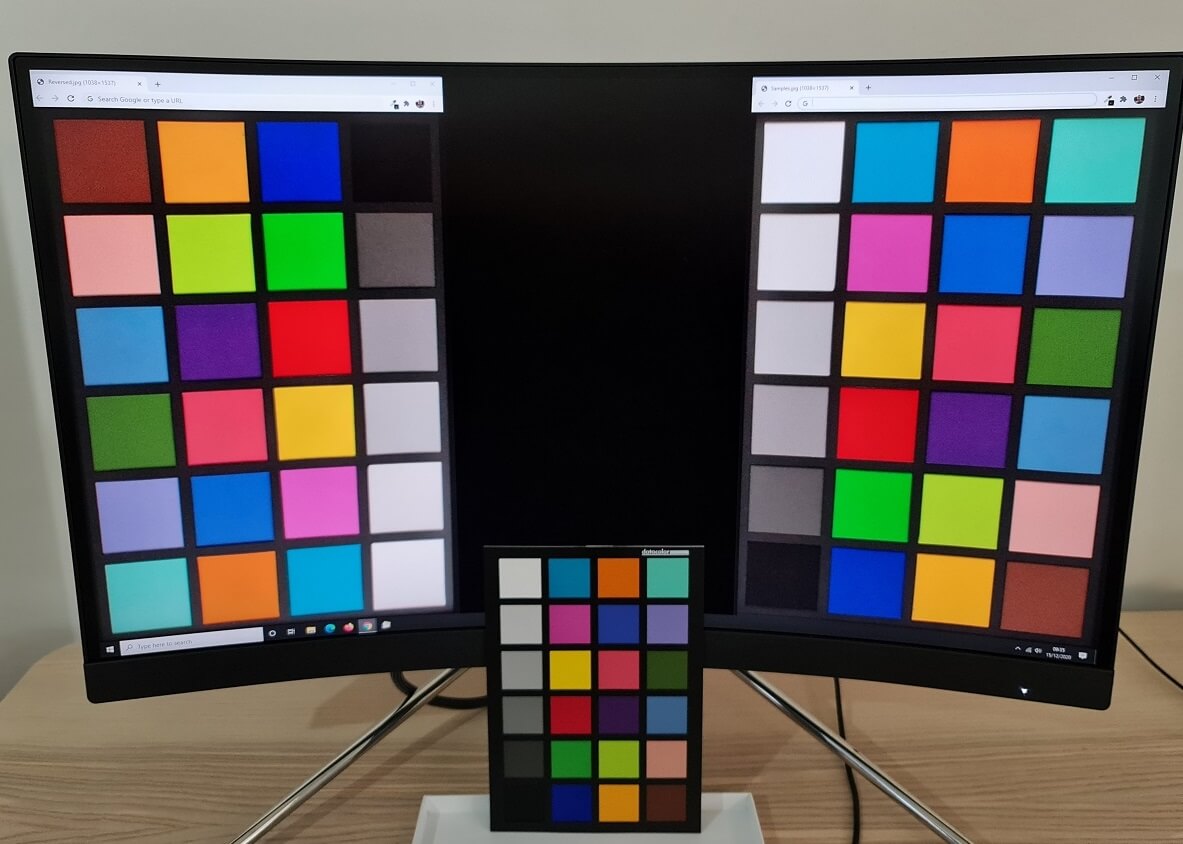There are many different types of monitors on the market today. Some are for gaming, others for business or productivity, and still others for entertainment purposes. In this blog post, we will take a look at the different types of monitors and their purpose. We will also discuss some of the pros and cons of each type so that you can make an informed decision about which type is best for you.
A monitor, or display, is an electronic visual display that presents digital information. Monitors are used in computers, televisions, and other electronic devices. There are many different types of monitors on the market today.

When choosing a monitor there are three main types to choose from:
Each type has its own purpose which will be explained below.
The most common type of computer monitor is the cathode ray tube (CRT) monitor. CRT monitors are large and heavy and offer inferior image quality when compared to other types of monitors. CRT monitors are best suited for people who need a large screen size. CRT monitors are slowly being phased out and are no longer being produced.
The next most common type of monitor is the LCD monitor. LCD monitors use a liquid crystal display to create images. They are thin and light and offer high image quality. However, they can be more expensive than CRT monitors.
LCD and LED monitors are best suited for people who need high image quality and a thin and light design. CRT monitors offer inferior image quality when compared to LCD and LED monitors. LCD and LED monitors use less energy than CRT monitors which makes them more environmentally friendly. LED monitors also have a longer lifespan than LCD or CRT monitors.
Another type of monitor is the plasma monitor. Plasma monitors use a gas-discharge tube to create images. They are larger and heavier than LCD or CRT monitors but offer superior image quality.
Finally, there is the LED monitor. LED monitors use light-emitting diodes to create images. They are thinner and lighter than other types of monitors and offer excellent image quality. However, they can be more expensive than other types of monitors.
CRTs provide a large screen size and are good for people who need high image quality. However, they use more energy and have a shorter lifespan than LCDs or LEDs.
LCDs are thinner and lighter than CRTs and use less energy, but may not offer as good image quality as CRTs.
LEDs have the best image quality of all three types of monitors but can be expensive. They also use less energy than CRTs and LCDs.
There are many factors to consider when purchasing a monitor, such as size, type of display, resolution, brightness, contrast ratio, viewing angle, etc. It is important to select the right monitor for your needs in order to get the most out.
CRTs are usually bulky and require a lot of desk space. They are mostly used for gaming or watching movies as they have great picture quality.LCDs are the most common type of monitor and come in different sizes. They are slim and lightweight so they are easy to move around. They are perfect for everyday use such as browsing the internet, checking emails, or working on documents.LEDs monitors are becoming more popular due to their energy efficiency. They last longer than LCDs and CRTs and use less power making them ideal for businesses or people who want to save on their energy bills. They also have a wider viewing angle than LCD.